German Government Murdered Over 100,000 Namibian People: The atrocities and crimes against humanity which was perpetrated by the Europeans in Africa, are really painful to recount or tell, but we will talk about them nonetheless.
At the Berlin Conference of 1884-1885, various European nations agreed among themselves to invade Africa, and take up territories forcefully, in an ambitious attempt to expand their empires, and gain new economic territories.
And as they invaded various parts of Africa, they laid waste to many ethnic nationalities and peoples who resisted their invasion. They killed, raped, maimed, and starved Africans in their own lands, just to rule and take control of the lands and their resources.
Initially, Germany did not commit much funds and officers towards the stealing of land and resources from Africa. But after they saw the gains and advancements of the British and France, they entered Africa – mainly for the economic and geopolitical contest with other European powers.
The invasion and mass murder of the people of Tanzania, Rwanda, Burundi, Togo, Cameroun, and Namibia, was signed off by Prince Otto von Bismarck, who was the founder of modern Germany.
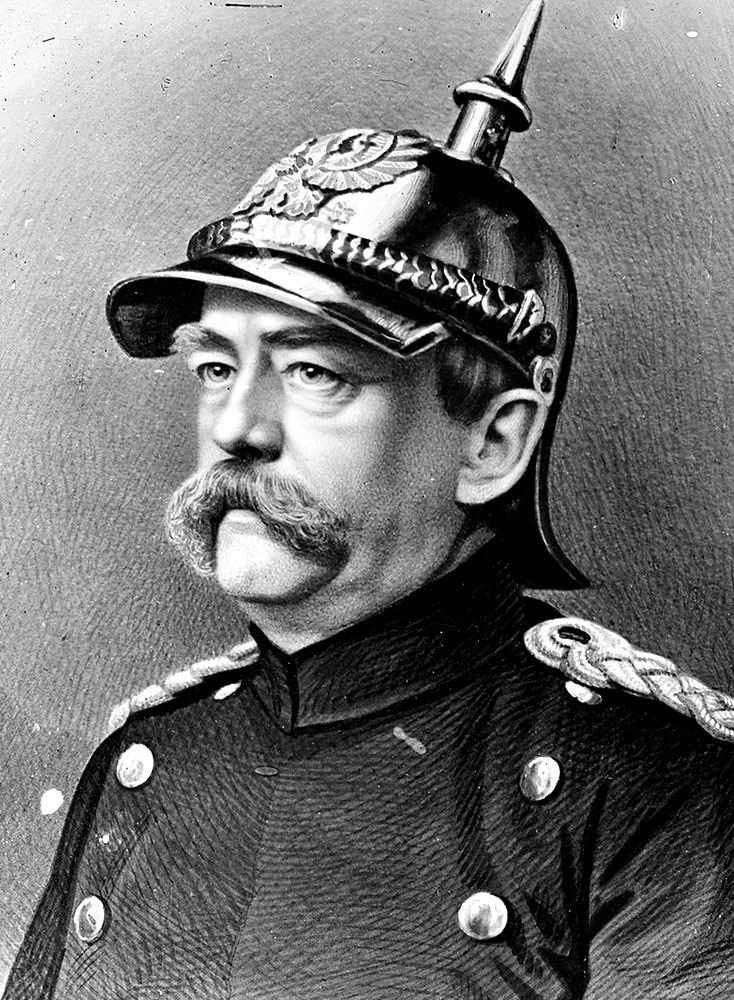
One of the mass murders and genocide of African people by the Europeans was the killing of over 100,000 of the Herero and Nama people of South-West Africa, by the Germans, between 1904 and 1908.
An explorer named Karl Peters started the killing and mass murder of the indigenous people of Africa by Germany. He would inspire others such as Jesco von Puttkamer, who was Bismarck’s nephew by marriage. Puttkamer was appointed the German governor of the Cameroons, and as Governor he rained hell on the people of the various places the Germans raised their flag.
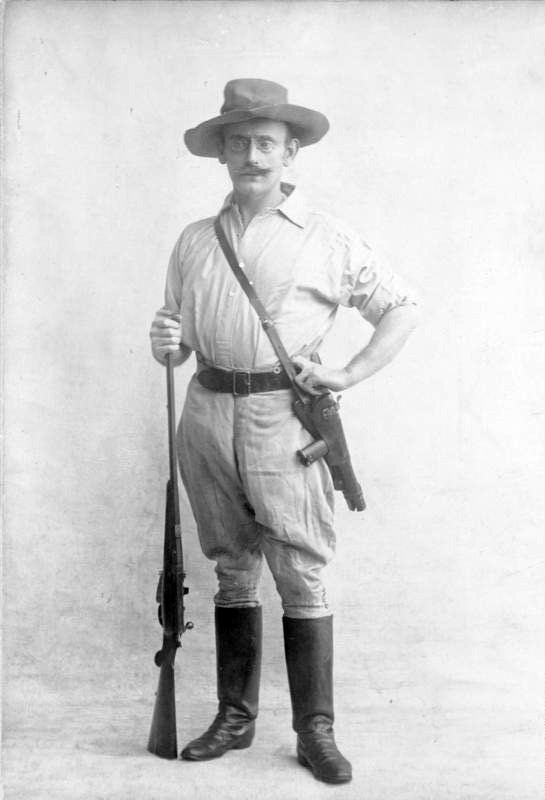
His atrocities were brought to light in a book by a British historian named Thomas Packenham. The book’s title is “The Scramble for Africa, White Man’s Conquest of the Dark Continent from 1876 to 1912″
In a detailed account of an example of the horror perpetrated by Puttkamer through his official, Thomas Packenham wrote: “…a Lieutenant Dominik was sent on an expedition to negotiate a treaty with the Bahoro. Instead, he shot down all the men and women in the village, and the fifty-four children that survived were put in baskets and drowned like kittens” (Packenham, “The Scramble for Africa”, page 623)
The German officials were illegally encroaching on the lands of the Herero, who were cattle herders, and who wanted to be left alone. In retaliation to the oppression by the Germans, the Herero people mounted a rebellion against the occupying Germans in 1904.
The rebellion was an attempt to defend themselves, and drive the Germans out, but the Herero did not have sophisticated guns and weapons like the Germans. The rebellion started on the January of 1904, with Samuel Maharero leading the Herero people while Hendrik Witbooi led the Nama people.
The German General Lothar von Trotha and his soldiers viscously attacked the indigenous people (standing up to defend their lives/land), and after defeating them, went ahead to attack the entire population, in an attempt to exterminate them.
Lothar Von Trotha gave the following order: ‘within the German borders every Herero, with or without a gun, with or without cattle, will be shot.’
The German soldiers mowed down men, women and children, and then went ahead to drive thousands of them into the Kalahari Desert, where about 90% of them died of thirst and starvation, under the intense desert heat. The war between the Herero/Nama and the Germans was known as the “Battle of Waterberg.”
But in all fairness, we here at Liberty Writers Africa call it “The Massacre of The Herero/Nama at Waterberg.”
The same attack and decimation of the Herero people was visited on the Nama people in present-day Southern Namibia. After over four years of aggressive murdering and genocide, the Germans had killed three quarters of the Herero people, and half of the Nama people.
Other accounts of the genocide said that the Germans hanged many of the Herero and Nama people from trees. They sealed off the watering holes, and forcefully prevented those who survived the desert heat from returning to their land. Many other survivors were imprisoned in concentration camped, and this led to them dying either by disease or exhaustion.
These atrocities, for many decades have been denied by the German government, even though they accepted their genocide of the Jews and paid reparations. The Germans refused to accept the incidents of 1904-1908 as a genocide, because it would then implicate them and other European powers who have denied their genocidal acts in other parts of Africa.
But in a recent UN Whitetaker Report, the United Nation, have stated that the atrocities by the Germans in Namibia, was a deliberate attempt to exterminate the Herero and Nama people.
The report also went ahead to name the Genocide of the Herero and Nama people as one of the biggest and bloodiest genocide in the 20th century.
It was only in 2004, that the German government formally accepted that the colonial adventure and atrocities in South West Africa was actually a act of Genocide. That led to an apology to the Namibian government, but the German government ruled out any option of reparations for the Hehero and Nama people.
From 2001 uo till 2017, representatives of the Hehero and Nama people have been filing lawsuits in the United States, against the German government and the Deutsche Bank, which financed their atrocities in Africa. The lawsuit was largely unsuccessful.
Recently there has been negotiations between the Namibian government and the German government about reparations for the Herero and Nama people, but unfortunately, the reparations, if it will be given, will not get to the families of the 100,000 people killed. Read this article for the full details of the lawsuits and negotiations.
The genocide of the Herero and Nama people is only but the tip of the iceberg. The European colonizers committed far worse atrocities all over Africa.
For far too long, these atrocities have been kept under the rug, but its time they are brought out and discussed. More so, by African governments who are still living and breathing under the York of their colonial masters.
African scholars, historians, writers, and people must learn to discuss these genocides against our people, because the conditions which led to them, are still much alive in the world today. Discussing it will educate our people and keep them on the alert in their dealings with foreigners who seek to dominate and usurp Africa’s human and natural resources.
Support Liberty Writers Africa
Our goal at Liberty Writers Africa is to teach our history, defend our people worldwide, and awaken the sleeping ones. Help us fund our research and hire competent editors. Click HERE To DONATE to Us.
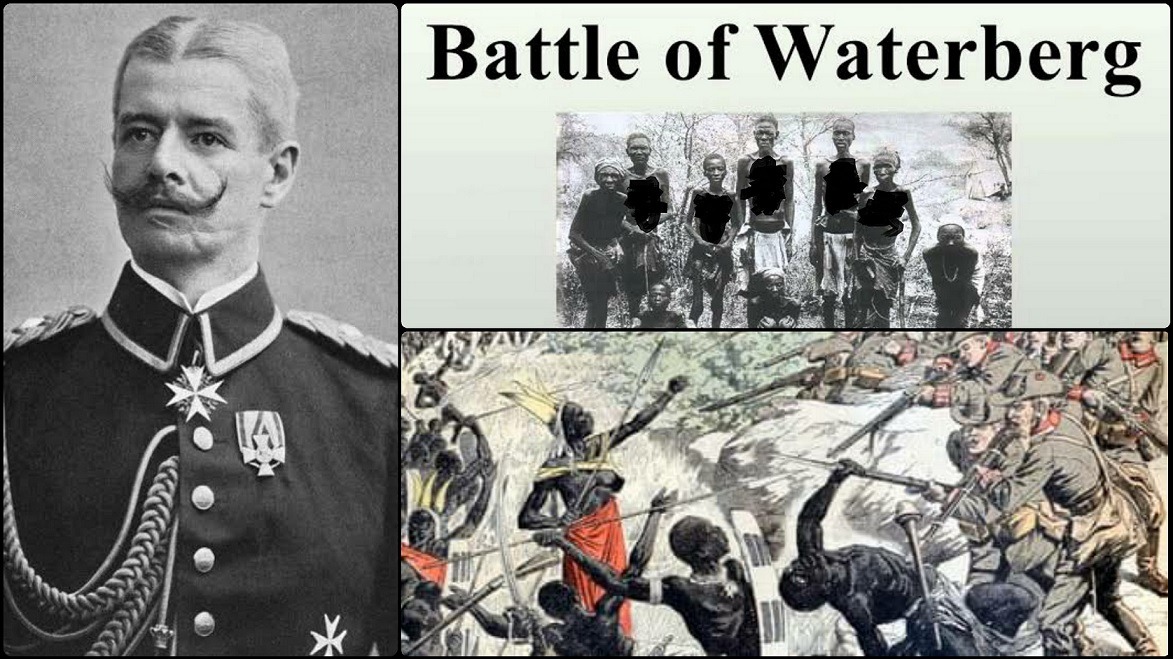
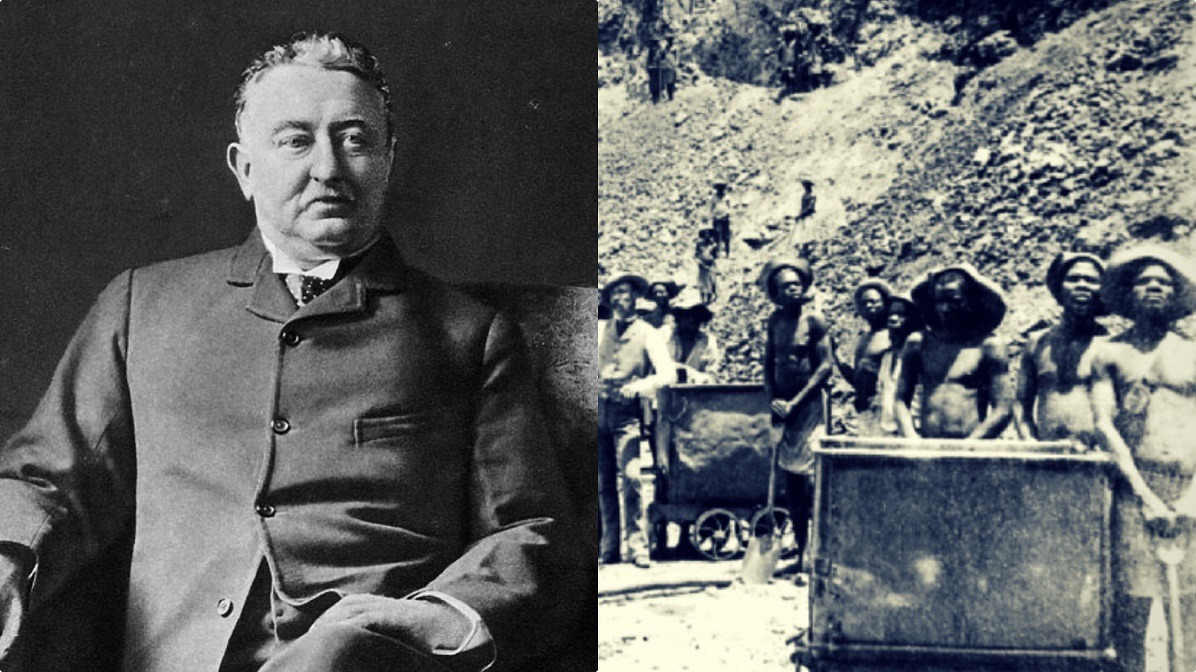


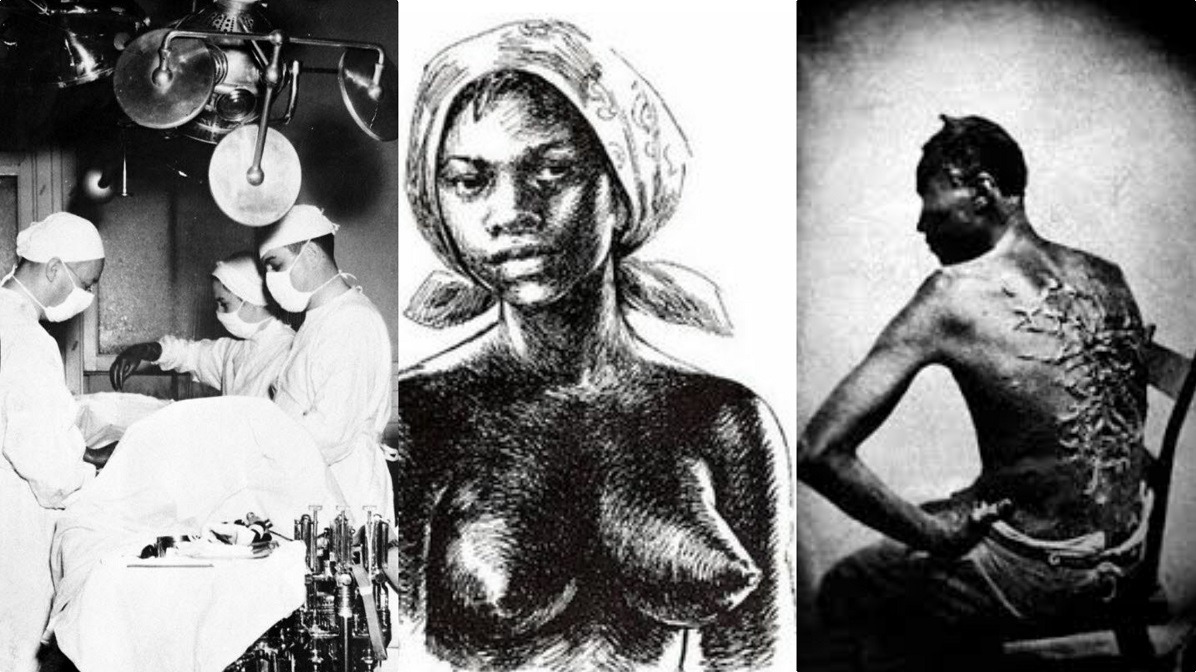
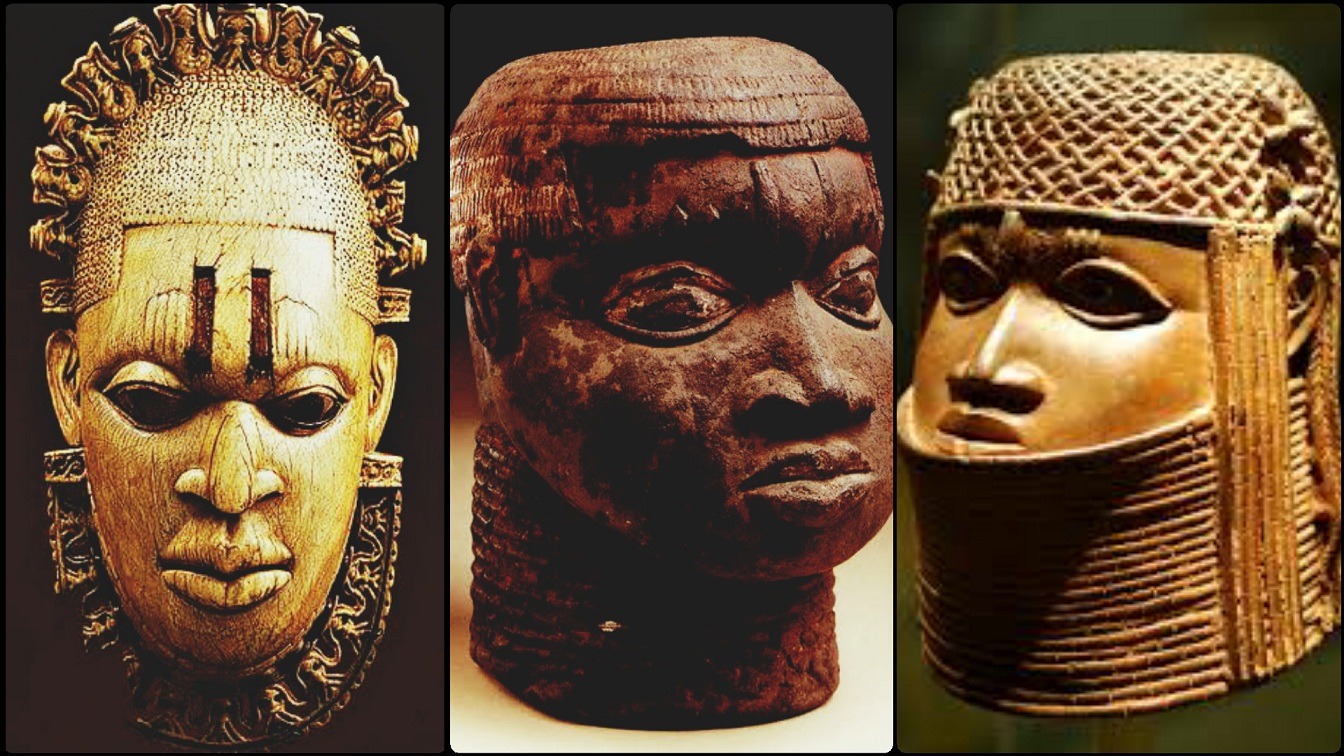
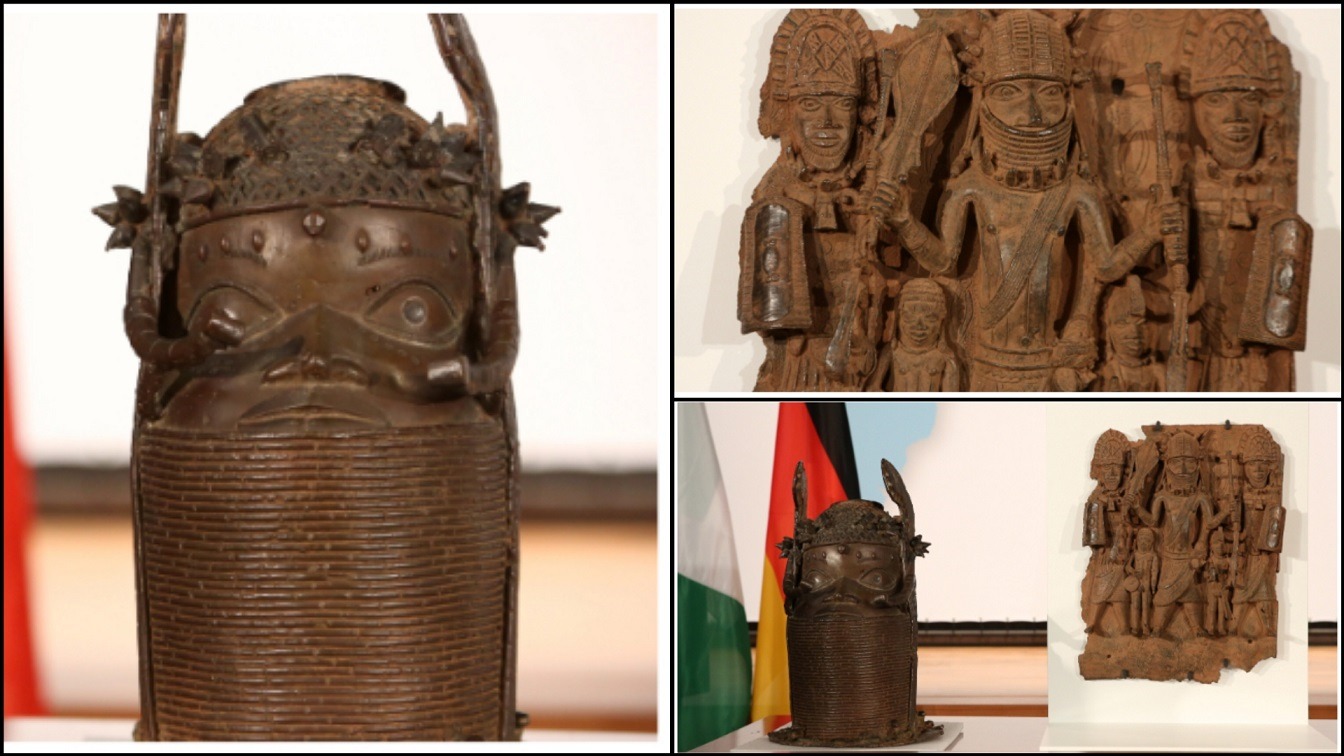
1 comment
Comments are closed.